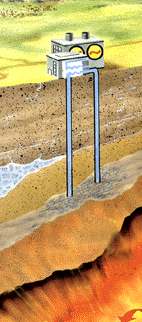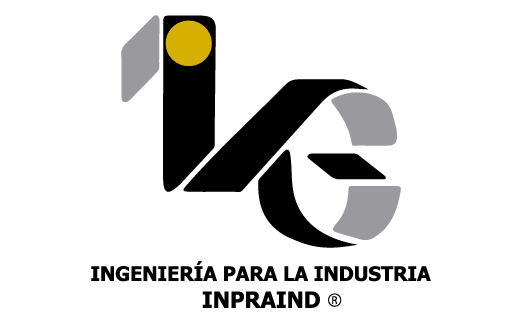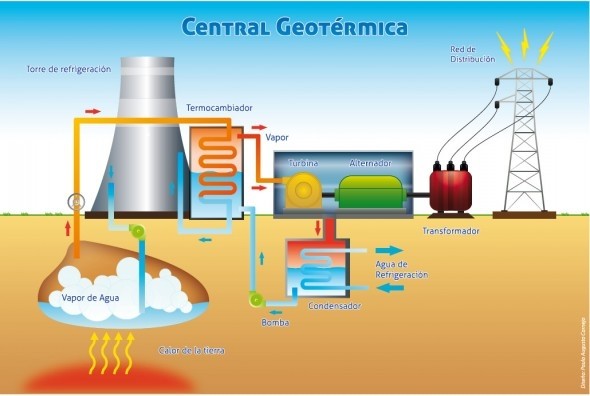In many places on Earth, geothermal phenomena can be used to generate useful energy fo r consumption. These forces develop in the interior of the earth’s crust, usually at depths of 50 km, in a strip called sima or sial; Some of its manifestations on the surface are active volcanoes.
r consumption. These forces develop in the interior of the earth’s crust, usually at depths of 50 km, in a strip called sima or sial; Some of its manifestations on the surface are active volcanoes.
As we descend into the interior of the earth’s crust, there is a gradual increase in temperature, estimated at 1 degree every 37 meters deep. However, in certain areas of our planet, for example in some volcanic islands of the Canary Islands, the high temperatures are at the surface level. In these cases, it is when a geothermal installation is more profitable.
In order to take advantage of geothermal energy, systems similar to those used in turbine solar energy are used, that is to say, heating of a liquid that can have different applications, but is usually destined to produce steam with which the turbine is given impulse, Which in turn drives an electric generator.
Geothermal systems produce a higher yield compared to other systems, and also have a lower maintenance cost. In fact, the only mobile part of a geothermal power plant is the turbine-generator system, and therefore the whole assembly has a longer service life. In addition, the energy used is always present, which hardly implies variations, as would happen in other systems that depend, for example, on the flow of a river or the level of solar radiation.
The operation of a geothermal power plant is quite simple: it consists of a perforation practiced to a great extent on the earth’s crust (about 5 km), in order to obtain a minimum temperature of 150º C, and in which two tubes have been introduced in circuit Closed in direct contact with the heat source.
From the surface, cold water is injected through one end of the tube, which is heated to the bottom forming water vapor and returning to the surface through the other tube. At the end of this is coupled a turbine-generator that supplies the electric energy for its distribution. The cooled water is then returned to the inside by the first tube to repeat the cycle.
Despite its simplicity, the system is designed primarily for applications that do not require a large-scale power supply due to the geothermal characteristics of the rocks. Unlike metals, rocks or sand do not have a heat conducting capacity, that is, they conserve it, so if a geothermal power station were to be used with the intention of producing energy on a large scale, there would come a time when the Process would stop. The reason is that the chasm inside the earth’s crust where the useable heat is cooling progressively as cold water is injected and if the injection rate is high there will come a time when the chasm has yielded more heat than Can recover, precisely because of its low ability to drive the temperature. This inconvenience prevents the continuous operation of the plant, stopping at certain intervals until the rock regains sufficient temperature to resume normal operation.
In some regions of the earth this inconvenience does not occur, because the high temperatures are almost to the ground, which allows to extend pipes in horizontal, instead of vertical, ensuring that the recovery of the temperature of the rock or the Sand is performed almost at the same time as its cooling.
Written by: Tecnotrón
Taken from: http://www.natureduca.com/blog/%C2%BFcomo-funciona-una-central-geotermica/


 Español
Español English
English
LEAVE A REPLY